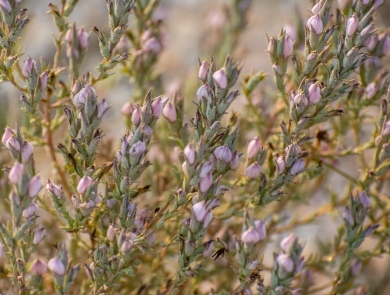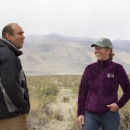About Us
Our office is located in Las Vegas, Nevada, within the Mojave Desert. The map below depicts our office's coverage area. Nevada is home to more endangered endemic fishes than anywhere else in the country, as isolated aquatic systems across this driest state have allowed for genetic changes that can generate new forms. View locations of desert fishes found within our office's coverage area.
What We Do
The Southern Nevada Fish and Wildlife Office partners with federal and state agencies, conservation organizations, and private citizens to recover federally listed species designated under the Endangered Species Act.
Our Organization
Our Species
The Southern Nevada Fish and Wildlife Office works with many partners on recovery efforts for 28 threatened and endangered species, including amphibians, birds, fish, invertebrates, plants and reptiles.













